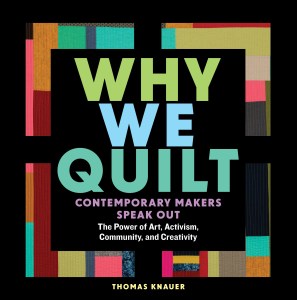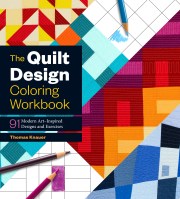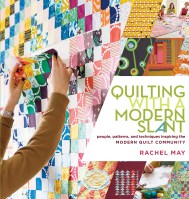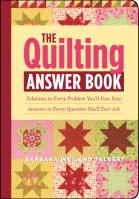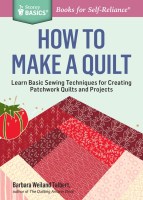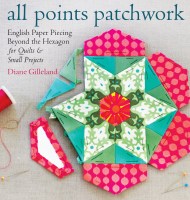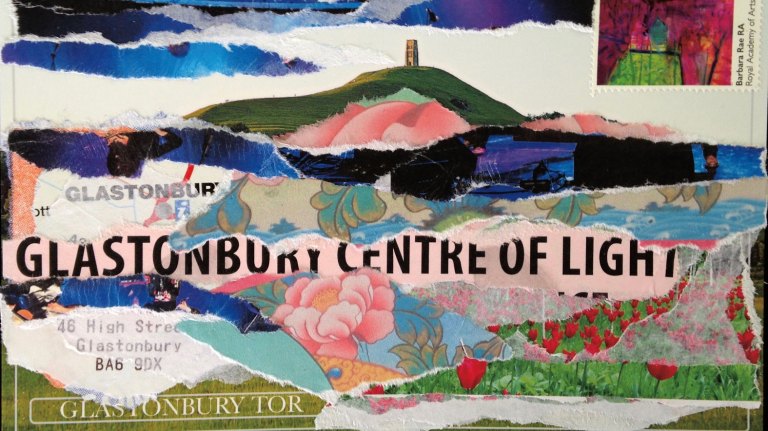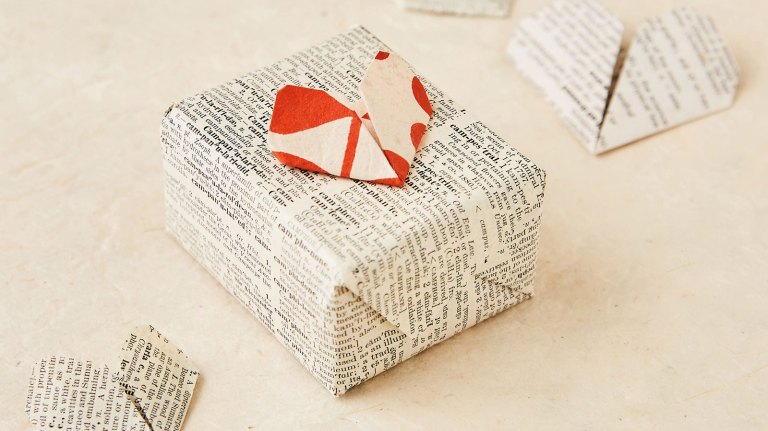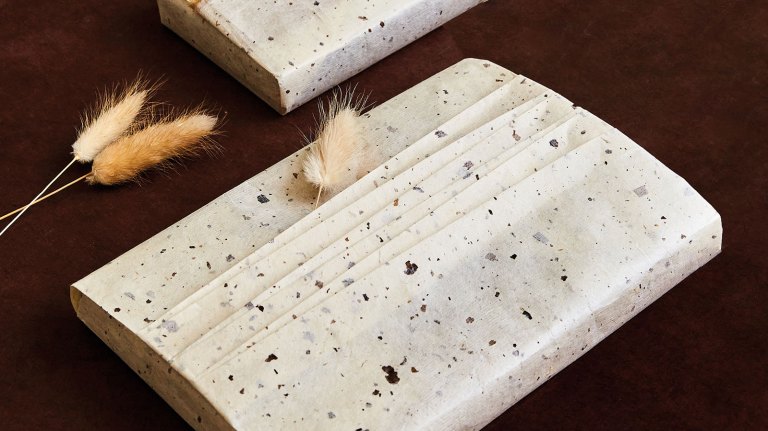The Gift of a Quilt is an Act of Love
Sewing a quilt is an act imbued with meaning, and making a quilt to give as a gift goes beyond an offering of warmth to one of enduring connection.
There is something magical about being part of a practice that traces back through the centuries. The history of quilting is one of countless stories and untold hours with needle, thread, and cloth.
From a utilitarian point of view, the fact that we still make quilts makes very little sense. Simply consider the process and all of the labor that goes into a single quilt: the cutting of large pieces of cloth into smaller pieces of cloth to be sewn back together again to form a larger piece of cloth. Yet even in the twenty-first century, as bedding is available in nearly infinite varieties, frequently costing far less that it costs to make a quilt, the practice of quilting flourishes.
While some may question whether material need ever truly drove quilting, it is undeniable that today quilting is something other than a merely practical art. We no longer need quilts to stay warm or to survive harsh winters, but quilts may well fill other, less material, needs.
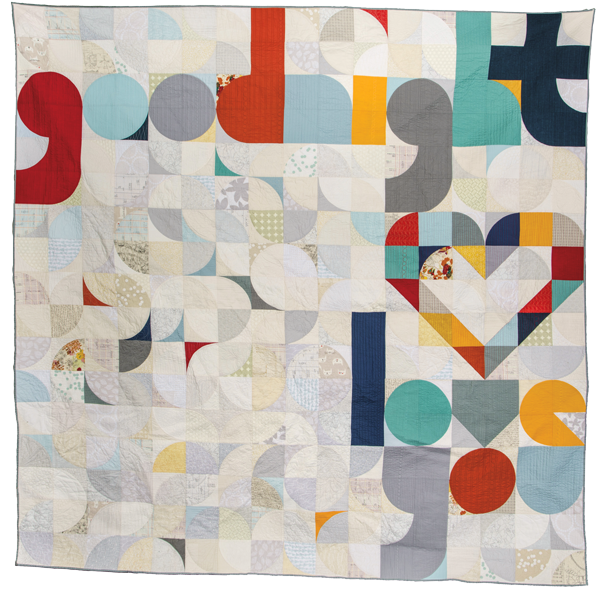
Stitched into every quilt are countless hours of creative thought and intense work, and when we hold a quilt, we cannot help but see, feel, and appreciate the labor of another’s hands. This pause to consider the nature of quilts is no small matter. Our quilts inevitably resensitize us to what lies beyond things.
There are reasons why we give quilts as gifts that go beyond the simple act of sharing our work and the offering of warmth. Each quilt given binds giver and recipient together. No matter where the recipient of a handmade quilt may move, that quilt constitutes an invisible thread leading back to the maker. Every time I use one of the quilts that have been given to me, the maker comes alive to me, entering the room symbolically.
The gift of a quilt is an act of love not because it involves sharing something we have made, but because it is a request, an act of hope that despite distance, giver and recipient will remain connected. That is why I call quilts selfish gifts; they are as much for the maker as they are for those they are given to. They represent our need to be a part of the other’s life even if we can’t physically be there. Quilts become our surrogates when distance separates us from our loved ones.
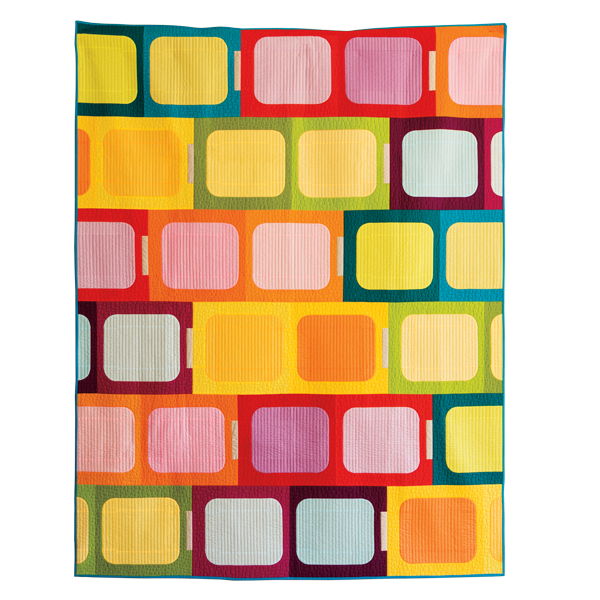
Of course, we also make quilts for those nearest to us. For so many, the first quilt they ever make is a baby quilt, reflecting the maker’s desire to be the one to keep a newborn warm and safe — and ultimately loved. I think the same impulses apply to the rest of the quilts we make. The quilts in our homes all send this same message: you are warm; you are safe; you are loved.
I suppose this is the central metaphor of the quilt: warmth — once a literal protection against the elements — is also a symbolic means of protection, and our desire to protect is a reflection of the love we feel for another. While quilts given to those remote from us serve as a tether, quilts for our own homes act as insulation against the difficulties and uncertainties of the outside world.
These quilts fulfill our desire to wrap up our loved ones and keep them safe forever. Even though we know we cannot literally do so and that our loved ones must be a part of the great big world, we can at least offer a daily refuge in the form of our quilts, which can provide symbolic shelter against the inevitable trials and tribulations. In the end I cannot help but see these quilts as something akin to swaddling blankets writ large; they represent that same desire to comfort and protect, to embrace and secure. The quilts that stay in our homes are, ultimately, testaments to our love.
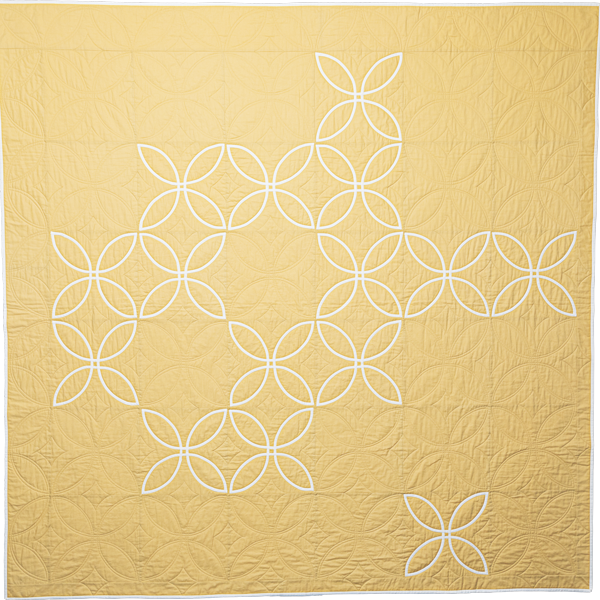
Finally, we make our quilts in anticipation of their being passed down through the generations to come. Of course we make our quilts to be used now, but we cannot help but be aware that quilts have long life spans and that they may well outlive us. And that is part of the beauty of quilts: they have lives of their own and they endure in a world where so much is fleeting.
As quilts are used they become steeped with memories: slumber parties and picnics, births and marriages. The inevitable spills and stains testify to the life of a quilt and remind us of how intimately our quilts have been a part of our lives. These stories become part of what is shared when we pass down a quilt to the next generation.
As such, quilts can stand as testimony to the quiltmaker’s life. They are an autobiography in cloth and thread. Quilts are a legacy we craft for the generations to come; they guarantee a connection across the decades and even across the passage into death. Every quilt evokes its maker, suggests her presence even if she is ultimately absent. In this light it is not just the quilt that endures. The quilter, too, outlasts the constraints of time.
Text excerpted from Why We Quilt © Thomas Knauer.
